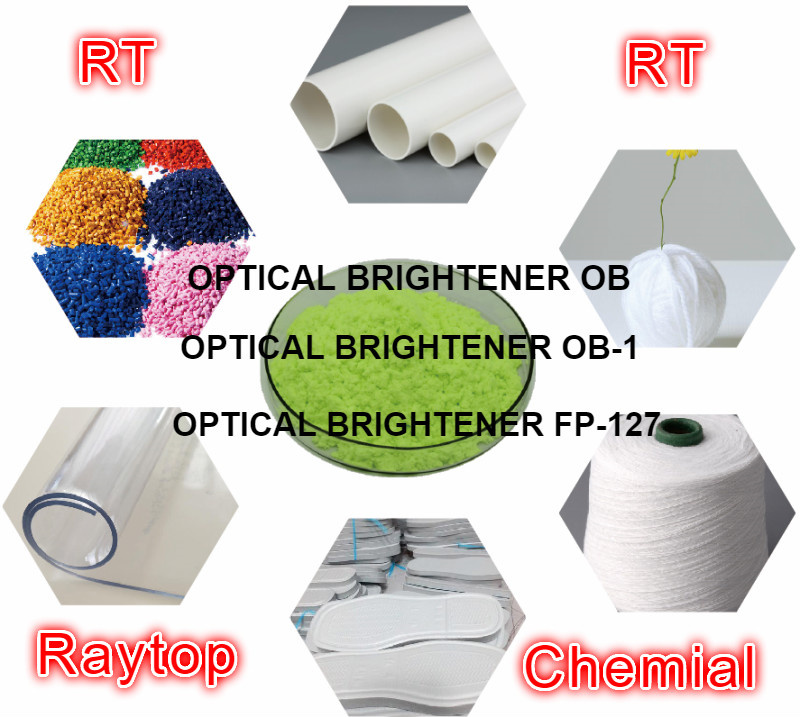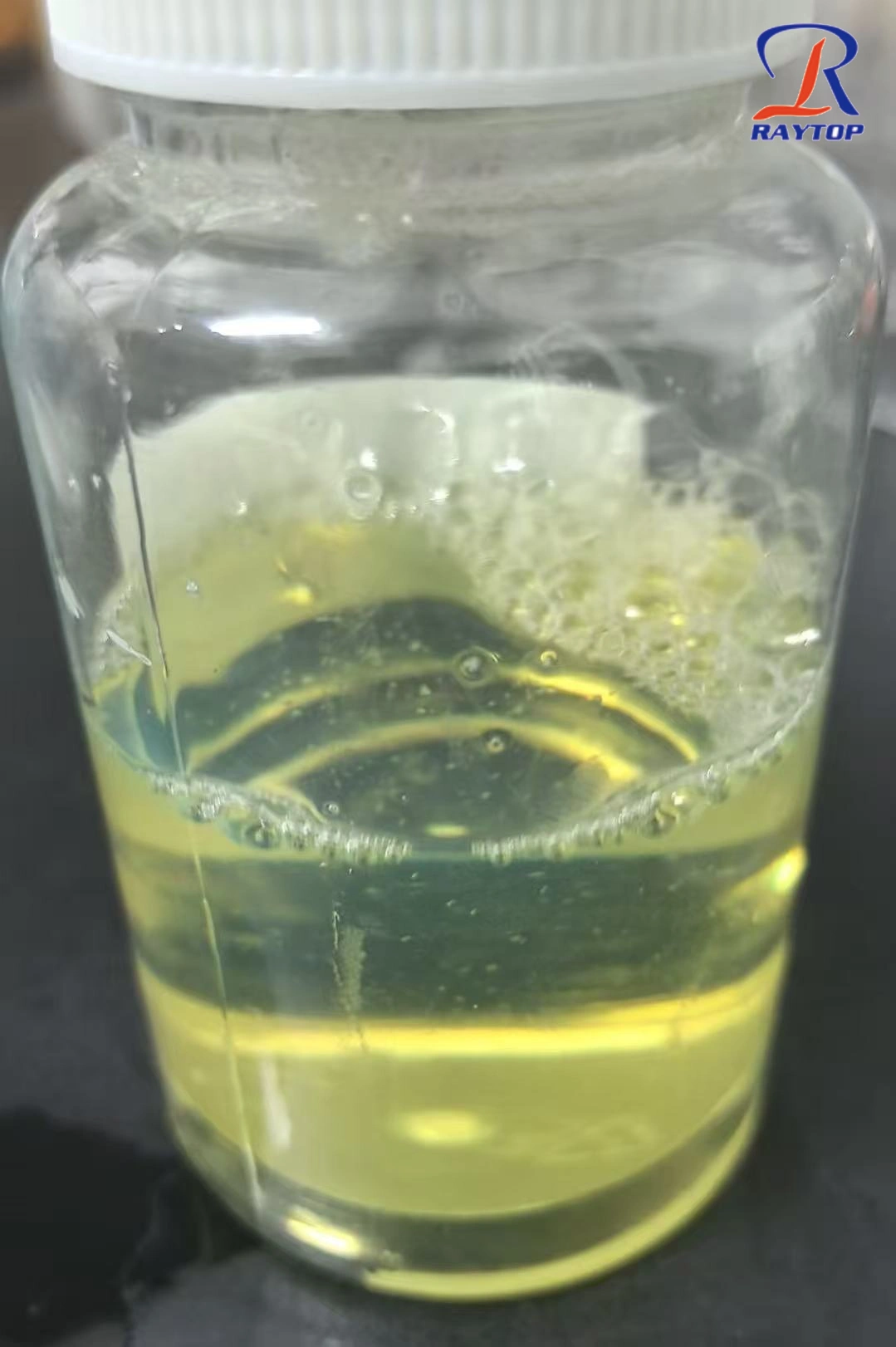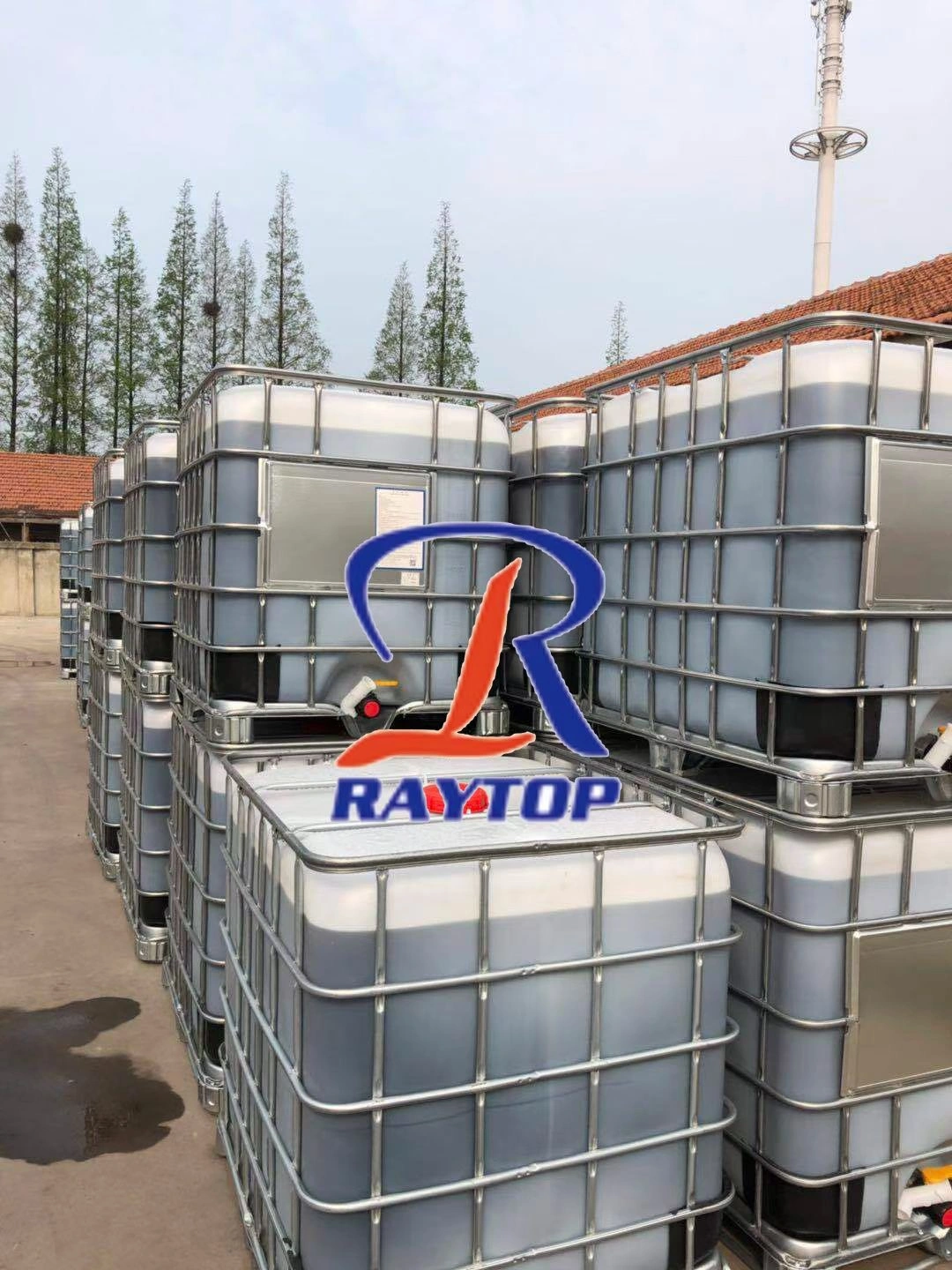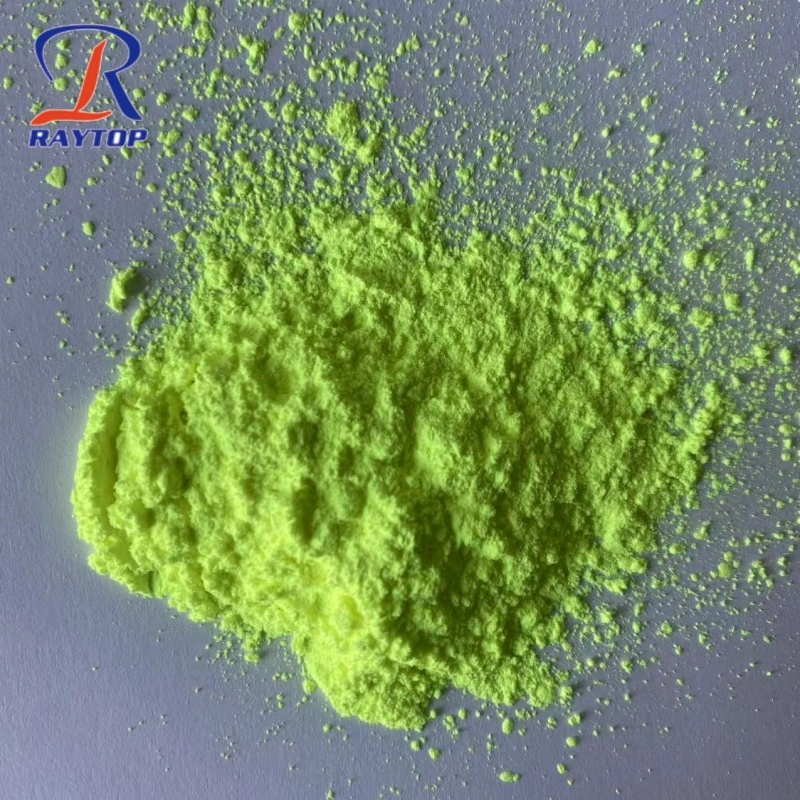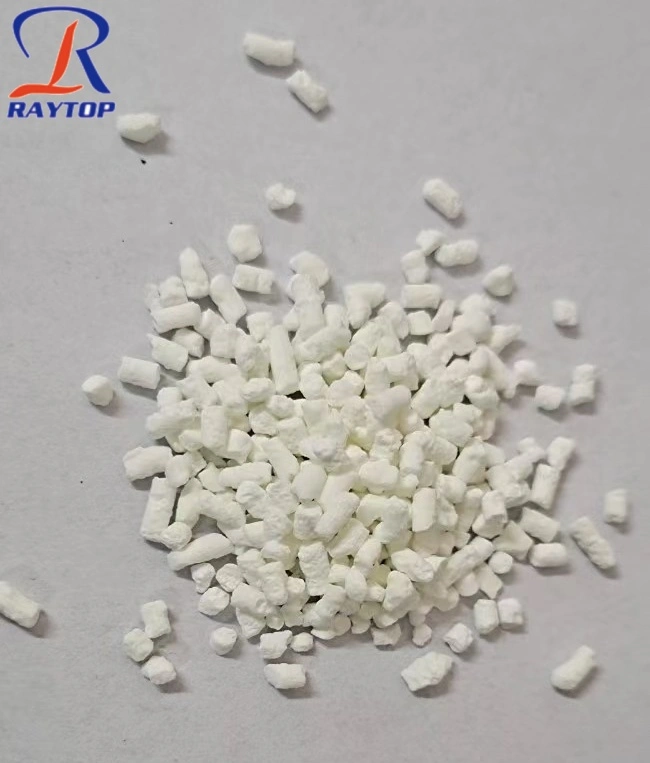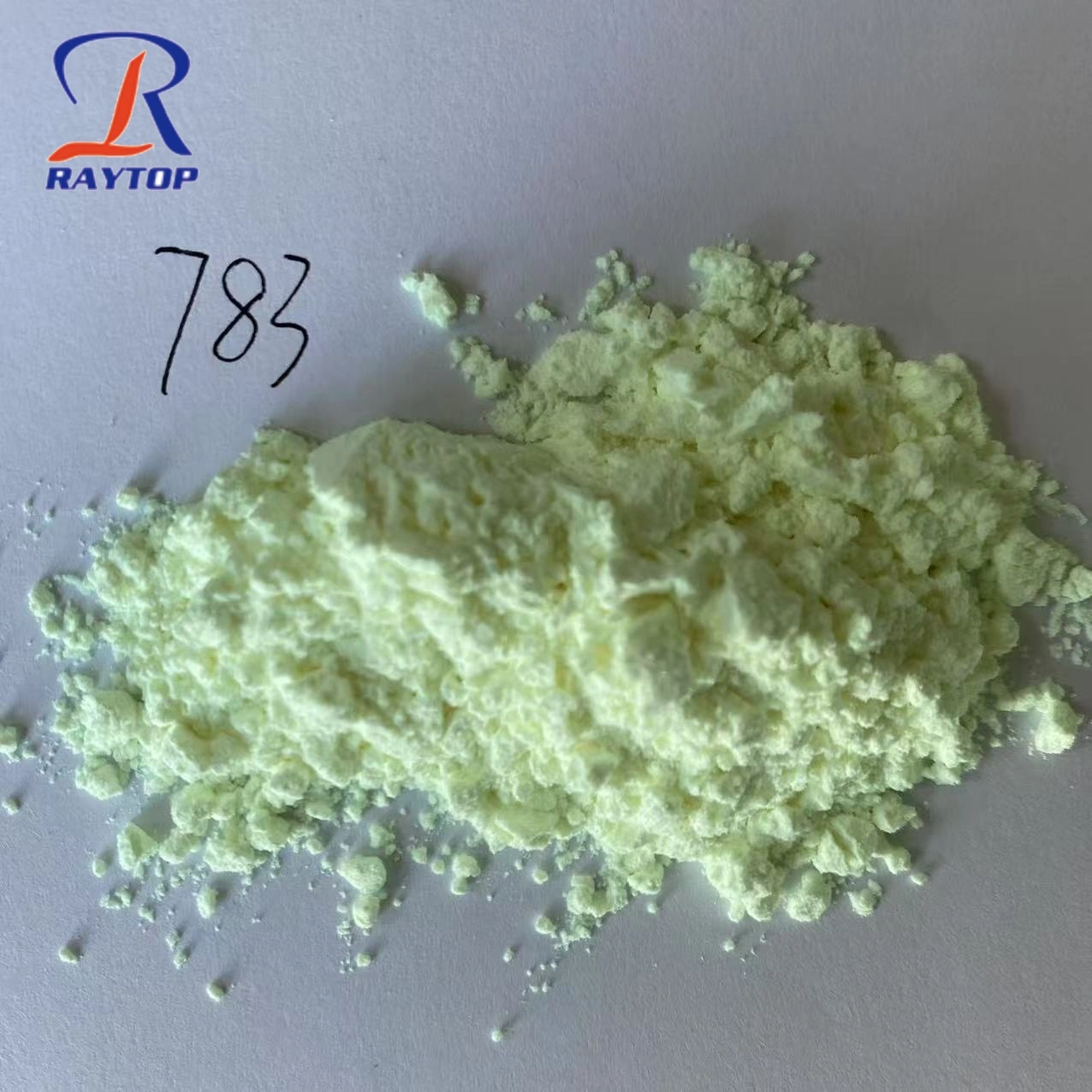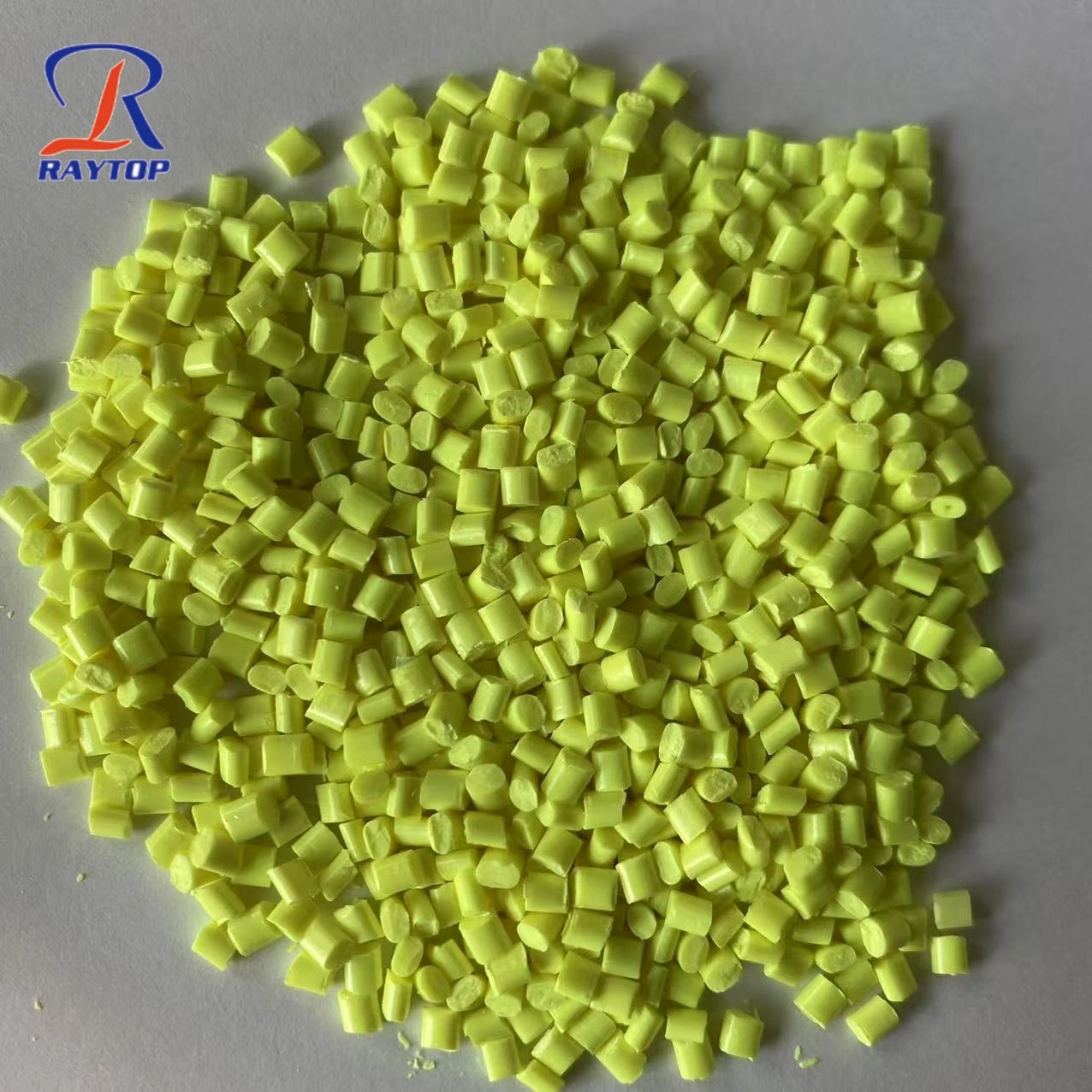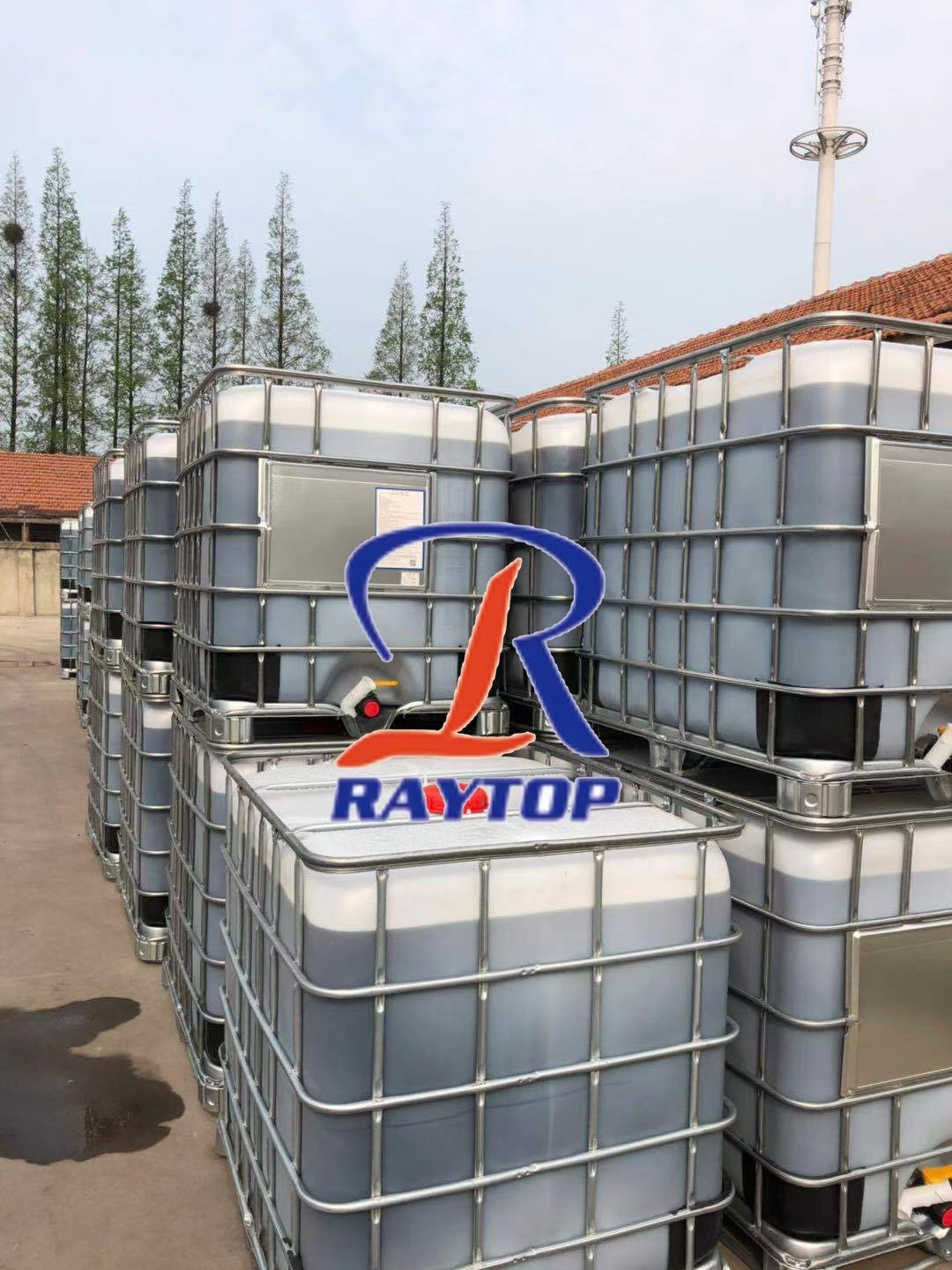1. What is the effect of optical brightener on grain and soybean
Some scientists planted corn and soybean in the soil containing optical brightener, but no optical brightener was detected when harvesting leaves and stems. Compared with the control group without adding optical brightener, it can be seen that optical brightener has no harmful effect on plant production.
In addition, when some researchers cultured plants such as corn and beans with nutrient solution containing optical brightener, the nutrient solution would permeate into the root membrane, while optical brightener only accumulated on the surface of the root, but not penetrated into the root, stem, leaf, flower and fruit. That is to say, plants did not have the ability to accumulate fluorescent brightener inside, but absorbed it on their roots, This shows that optical brightener has high safety for crops.
2. Optical brightness in sewage
There are many sources of optical brightener in wastewater. Optical brightener is one of the sources of optical brightener in wastewater. A large number of industrial wastewater, such as washing plants, paper mills, printing and dyeing plants, flow into the environment. However, the content of optical brightener in wastewater is very small and contains a certain amount of cis isomers, The treatment process is conducive to the formation of cis isomers; The optical brightener in wastewater is mainly removed by activated sludge adsorption, and the chlorination disinfection device also has good effect. After three-stage treatment, the content of optical brightener in water is quite low.
3,What is the impact of optical brightener on our health?
Scientific research shows that: the fluorescent agent is not easy to degrade after being absorbed by the human body, once combined with the protein in the human body, it can only be discharged from the body through liver decomposition. According to clinical trials, fluorescent agents can make cells mutate, which may become a potential carcinogen. However, the products added with fluorescent agents generally do not cause harm to human body. There is a clear regulation on the addition of fluorescent agents in China: it is not allowed to detect the migration of fluorescent substances in daily necessities“ "Migratory fluorescent substance" means that the added fluorescent substance will be transferred to human skin or mucous membrane by washing, biting, sweating or touching.
Therefore, in daily life, when fluorescent whitening agent is detected with purple flashlight, there is no need to panic. Products conforming to the national regulations do not have fluorescence migration. Fluorescent whitening agent will not migrate to the human body, and it will not cause harm to the human body.
4,Optical brightener in rivers
Because the wastewater from some factories and families contains a certain amount of optical brightener, their molecules are relatively stable and will not degrade in a short time in the wastewater treatment plant, but they can be almost quantitatively precipitated or adsorbed on the sewage sludge and eliminated. Therefore, the content of optical brightener in the river is very low.

